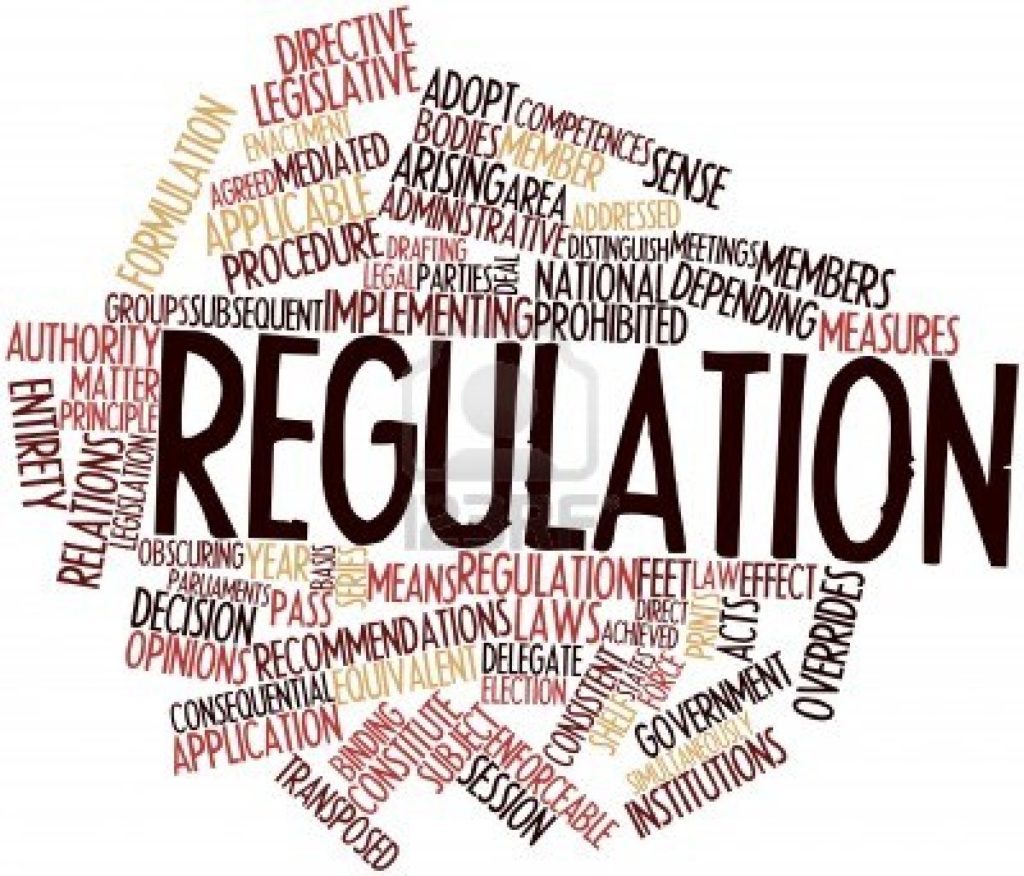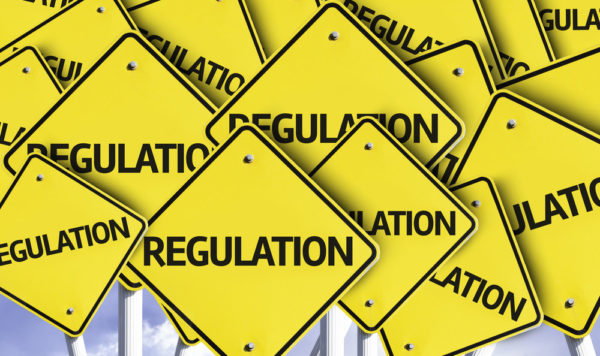Regulation S-Id : What it is
Regulation S-ID: What It Is and Why It Matters Introduction In the world of finance, regulations play a crucial role in maintaining transparency, integrity, and security. One such regulation that has gained significant attention in recent years is Regulation S-ID. In this post, we will delve deeper into what Regulation S-ID is, why it is important, and how it affects businesses and individuals. So, let's begin our exploration of this essential financial regulation. 1. Understanding Regulation S-ID Regulation S-ID, also known as Identity Theft Red Flags Rule, is a regulation introduced by the U.S. Securities and Exchange Commission (SEC) to combat identity theft and protect consumers' personal information. It aims to detect, prevent, and mitigate identity theft in the financial industry by requiring financial institutions and creditors to develop and implement identity theft prevention programs. 1.1 What is Identity Theft? Identity theft refers to the fraudulent acquisition and use of another person's personal information, typically for financial gain. It includes stealing social security numbers, credit card information, bank account details, and other sensitive data to carry out illegal activities such as fraudulent transactions and unauthorized account access. 1.2 Who is Covered by Regulation S-ID? Regulation S-ID applies to various financial institutions and creditors, including banks, credit unions, broker-dealers, investment companies, mortgage lenders, and other entities that provide accounts or maintain covered accounts for consumers. 2. Key Requirements of Regulation S-ID Regulation S-ID requires covered institutions to develop and implement identity theft prevention programs that include reasonable policies and procedures to detect, prevent, and mitigate identity theft. Some of the key requirements include: 2.1 Identify Relevant Red Flags Financial institutions must identify and incorporate relevant red flags into their programs. Red flags are patterns, practices, or specific activities that indicate the possible existence of identity theft. These may include suspicious account activity, alerts from credit reporting agencies, and document verification discrepancies. 2.2 Establish Identity Theft Prevention Program Covered institutions are required to develop a comprehensive identity theft prevention program tailored to their specific risks and customers. This program must address the detection of red flags, respond to detected red flags, and ensure the periodic review and update of the program. 2.3 Train Employees Financial institutions must provide appropriate training to employees regarding the identification and detection of red flags, as well as their responsibilities in implementing the identity theft prevention program. This ensures that employees are equipped with the necessary knowledge and skills to protect consumers' personal information. 3. Impact of Regulation S-ID Regulation S-ID has a significant impact on both financial institutions and consumers. Let's take a closer look at how it affects these key stakeholders: 3.1 Enhanced Consumer Protection By implementing robust identity theft prevention programs, financial institutions can better protect their customers from the risks associated with identity theft. This ensures that customers' personal information is secure and their financial well-being is safeguarded. 3.2 Increased Compliance Responsibilities Financial institutions and creditors now have an increased compliance burden due to Regulation S-ID. They must invest resources in developing and maintaining effective identity theft prevention programs, conducting regular risk assessments, and ensuring ongoing compliance with the regulation's requirements. 3.3 Improved Fraud Detection and Prevention With the incorporation of red flags and the establishment of identity theft prevention programs, financial institutions can improve their ability to detect and prevent fraudulent activities. This leads to reduced financial losses and enhances the overall security and trust within the financial industry. 4. Frequently Asked Questions (FAQs) To further enhance our understanding of Regulation S-ID, let's address some frequently asked questions: 4.1 Q: How can financial institutions identify red flags? A: Financial institutions can identify red flags by implementing various measures such as monitoring account activity, verifying customer identities through multiple sources, and utilizing fraud detection systems. 4.2 Q: What are the consequences of non-compliance with Regulation S-ID? A: Non-compliance with Regulation S-ID can result in severe consequences for financial institutions, including regulatory fines, reputational damage, legal liabilities, and enforcement actions by the SEC. 4.3 Q: How often should financial institutions update their identity theft prevention programs? A: Financial institutions should regularly review and update their identity theft prevention programs to ensure they remain effective and aligned with emerging risks and industry best practices. Timely updates are crucial to address new red flags and enhance fraud prevention measures. Conclusion Regulation S-ID plays a crucial role in protecting consumers' personal information and mitigating the risks associated with identity theft. By mandating financial institutions and creditors to establish identity theft prevention programs, the regulation enhances the overall security of the financial industry. Compliance with Regulation S-ID not only safeguards individuals' personal information but also strengthens the reputation and integrity of financial institutions.  Image Source : new.qq.com
Image Source : new.qq.com  Image Source : thefinanser.com
Image Source : thefinanser.com  Image Source : soundcloud.com
Image Source : soundcloud.com  Image Source : www.thearkansasproject.com
Image Source : www.thearkansasproject.com  Image Source : www.carltonfields.com
Image Source : www.carltonfields.com  Image Source : www.debevoisedatablog.com
Image Source : www.debevoisedatablog.com  Image Source : www.securitieslawyer101.com
Image Source : www.securitieslawyer101.com  Image Source : www.carltonfields.com
Image Source : www.carltonfields.com
又有两家国际大行,被罚了!_腾讯新闻
Regulations - Chris Skinner's Blog
 Image Source : thefinanser.com
Image Source : thefinanser.com regulation regulatory regulations regulated cooperation generics legislation brokers industry regolamentazione biosimilars unregulated legislativo healthcare clinical prevention legionella processo cheapassignmenthelp gabi
Stream Episode Ep. 104: Industry Impacts Of Regulation S-ID By Core
 Image Source : soundcloud.com
Image Source : soundcloud.com Regulation Freedom Amendment Passes House! – The Arkansas Project
 Image Source : www.thearkansasproject.com
Image Source : www.thearkansasproject.com regulation regulatory amendment freedom house tape red passes closer changing culture look state arkansas earlier failed hr legislators grant 1031
2022 | Carlton Fields
 Image Source : www.carltonfields.com
Image Source : www.carltonfields.com Recent SEC Enforcement Actions Signal Key Lessons For Reg S-ID
 Image Source : www.debevoisedatablog.com
Image Source : www.debevoisedatablog.com Regulation S-K Item 507 - Going Public Attorneys
 Image Source : www.securitieslawyer101.com
Image Source : www.securitieslawyer101.com Regulation S-ID: Financial Institutions Take Note | Carlton Fields
 Image Source : www.carltonfields.com
Image Source : www.carltonfields.com Regulation s-id: financial institutions take note. Recent sec enforcement actions signal key lessons for reg s-id. Regulation s-k item 507. Stream episode ep. 104: industry impacts of regulation s-id by core. Regulation freedom amendment passes house! – the arkansas project